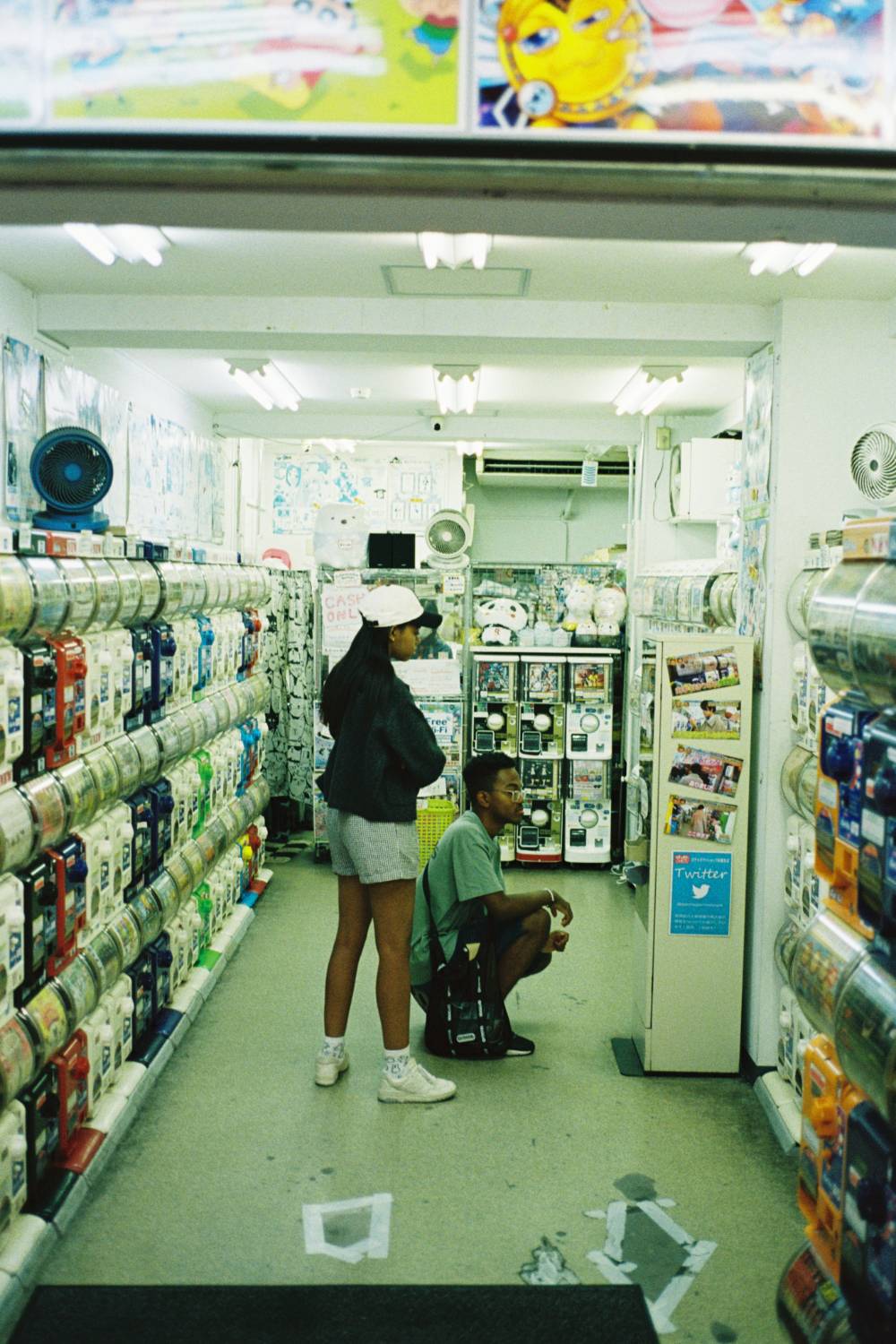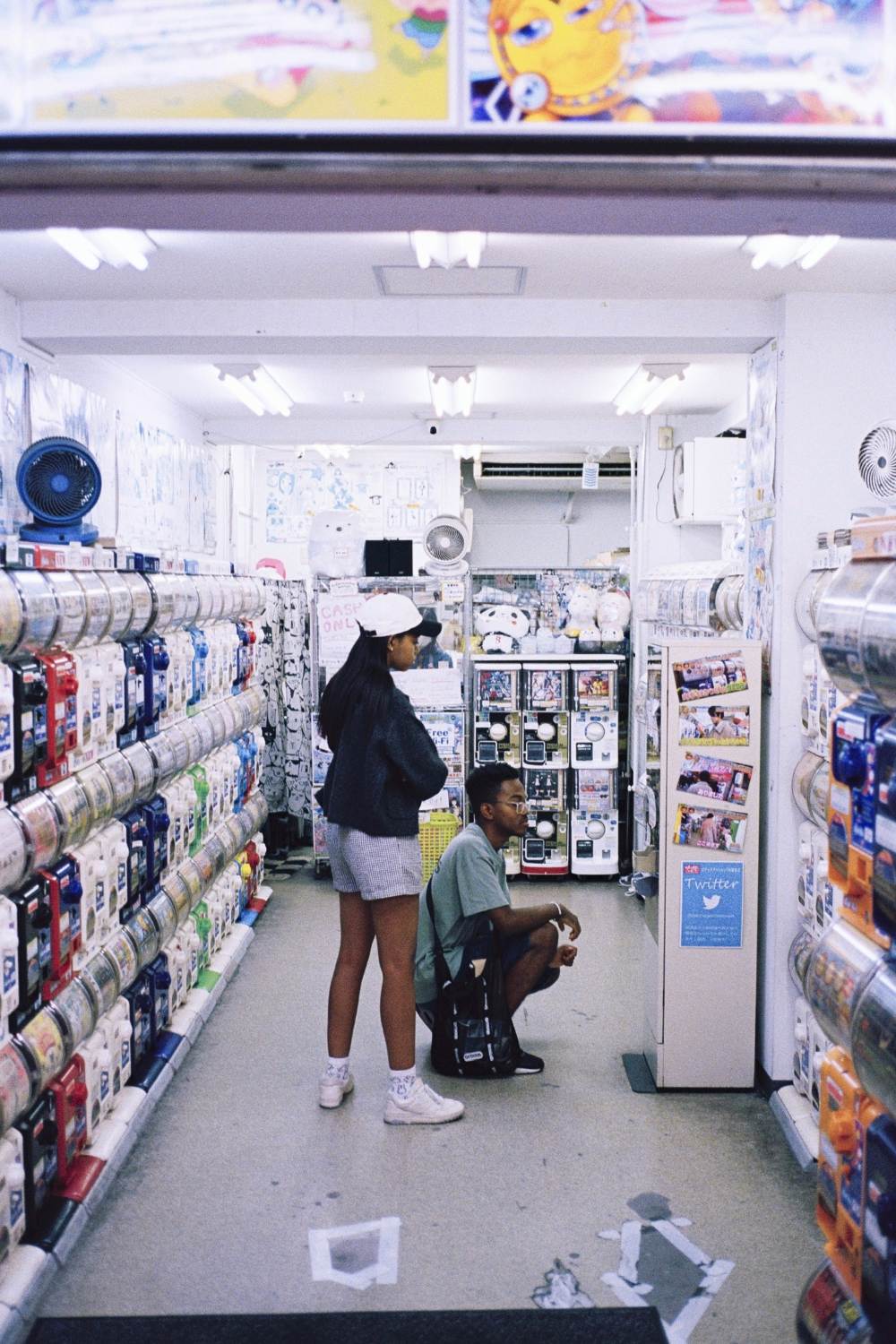🎞️ My Film Workflow
What I do with a roll of film after I’ve finished taking pictures.
Keeping Notes
Firstly, I use a notebook (like this, but any notebook/app will do) to help me remember things as I’m shooting.
I keep track of these:
- What film is in my camera
- A quick description and the date of any photos
Developing
I post my film off to a lab for them to develop and scan my film. I always ask for the highest quality JPEG files, and for the developed film to be posted back to me.
Gulabi is my favourite lab at the moment.
Editing
I use Lightroom to edit the JPEG files I get back from the lab.
- Import all the photos from each roll of film into a Lightroom album
- Edits:
- Adjust the White Balance
- Increase the Sharpness
- Straighten
- Any other edits e.g. Exposure, Tone Curve, Colour Grading
An example (where the film wasn’t designed for artificial light):
Lab Scan Lightroom Export 

- I set the date for when I took each photo (my notebook helps)
- Export all the images in the album for long term storage
Digital Storage
I keep my digital images in Apple Photos in an album structure like this:
Film
├── 2024
│ ├── 1 - Portra 400 - Leica M6
│ ├── 2 - Ilford HP5+ - Leica M6
│ ├── ...
│
└── 2025
├── 43 - Ultramax - Contax T3
├── 44 - Cinestill 400D - Leica M6
├── ...
The album names have the format number - film - camera, so 43 - Ultramax - Contax T3 is the forty-third roll, it’s
Ultramax film, and shot on a Contax T3.
Physical Storage
When the lab posts my negatives back to me, I transfer them into a folder for negatives with negative archive sleeves.
Note: Some labs send you 10 strips of 4, others 7 strips of 6. Make sure to buy the right negative archive sleeves.
Each sleeve is labeled in the same way as the digital album (number - film - camera).
Getting Prints
If I want good old-fashioned 6x4 prints, I use FreePrints or SnapFish.
For a big print to go on my wall, I use Whitewall.